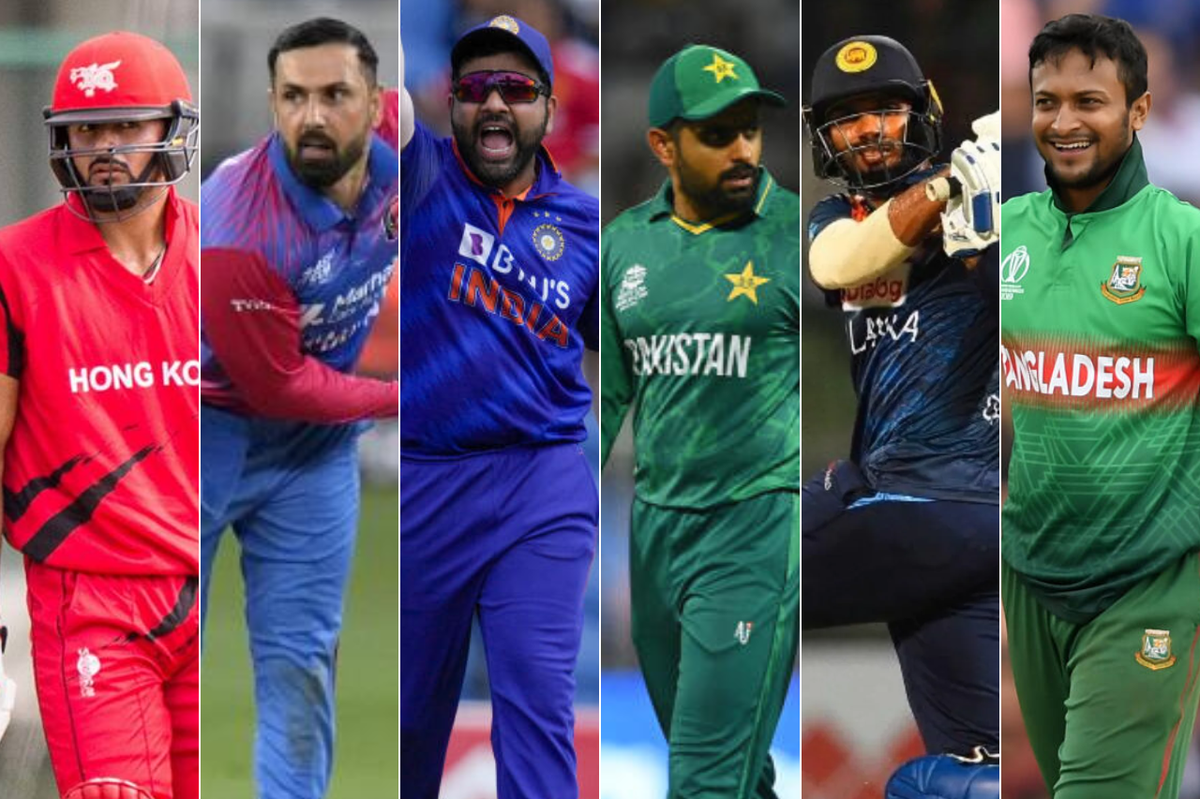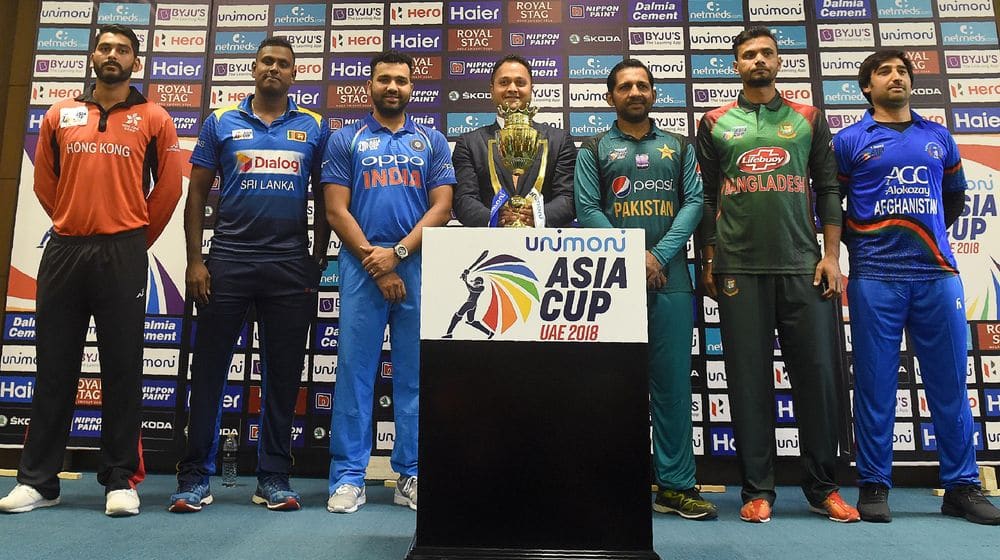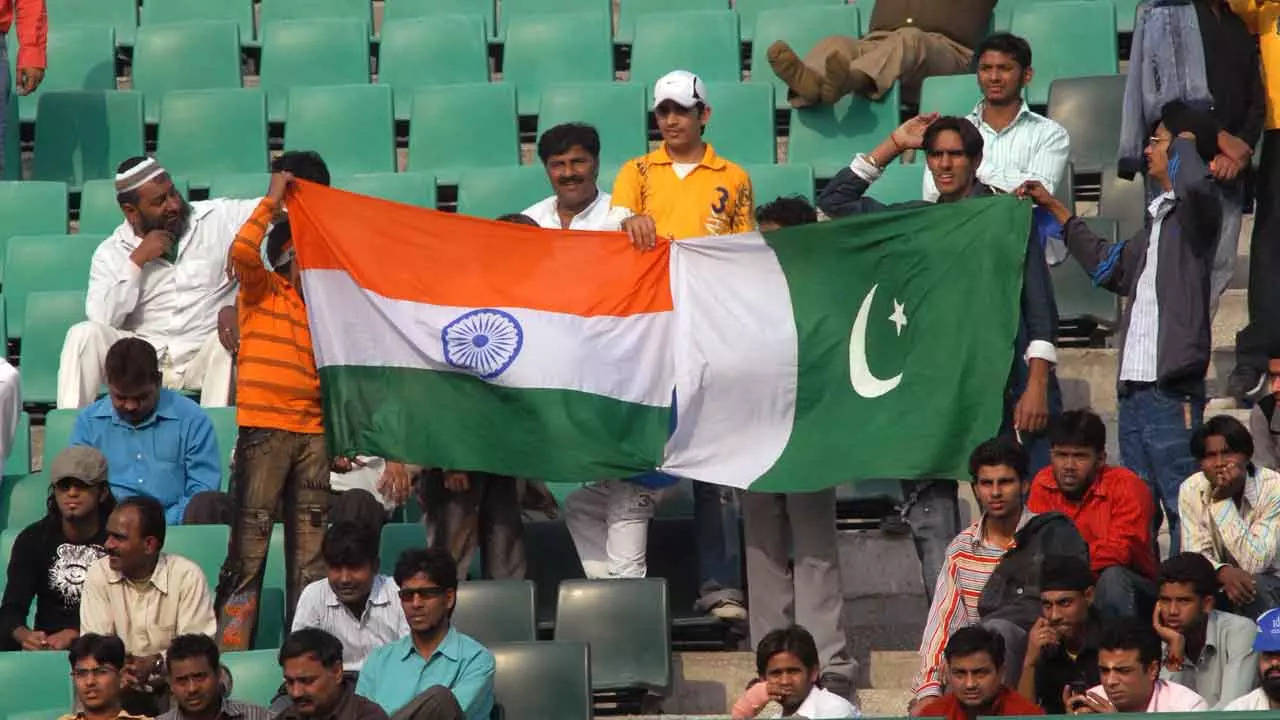Asia Cup, a premier cricket tournament that brings together nations from the Asian continent, has a rich and glorious history. Since its inception in 1984, the tournament has showcased exceptional cricketing talent, fierce rivalries, and unforgettable moments. In this article, we will delve into the captivating journey of the Asia Cup, exploring its origins, significant milestones, and the impact it has had on the cricketing landscape in Asia.
Introduction to Asia Cup
The Asian Cricket Council (ACC) organizes the Asia Cup, a cricket tournament held every two years. It serves as a platform for teams from Asia to compete against each other and showcase their cricketing prowess. The tournament not only promotes cricket but also fosters unity and camaraderie among the participating nations.
Inception and Evolution of Asia Cup

The first Asia Cup was held in 1984 in Sharjah, United Arab Emirates. The tournament was a brainchild of the ACC, aiming to provide Asian teams with regular opportunities to compete at the highest level. The first edition featured four teams: India, Pakistan, Sri Lanka, and the United Arab Emirates.
Over the years, the Asia Cup has witnessed significant evolution. It expanded its format to accommodate more teams, attracting larger audiences and generating greater excitement. Today, the tournament includes six teams: India, Pakistan, Sri Lanka, Bangladesh, Afghanistan, and a qualifier team.
Format and Hosts

Asia Cup follows a round-robin format, where all participating teams face each other in a league stage. The top teams from the league stage advance to the finals, where they battle it out for the coveted title.
The tournament has been hosted by various countries in Asia, showcasing the diversity and passion for cricket across the continent. Countries like India, Pakistan, Sri Lanka, Bangladesh, and the United Arab Emirates have been proud hosts of the Asia Cup, providing a vibrant atmosphere for cricket enthusiasts.
Memorable Moments and Legendary Performances

Asia Cup has witnessed several unforgettable moments that have etched themselves into cricketing history. From breathtaking innings to nail-biting finishes, the tournament has produced remarkable performances by some of the finest cricketers in the world.
One such iconic moment was Sachin Tendulkar’s century against Pakistan in the 1995 edition. His masterful knock not only helped India secure a crucial victory but also showcased his immense talent on the international stage.
Another memorable match was the thrilling final between India and Bangladesh in 2018. Bangladesh displayed incredible resilience and defeated India by three wickets to clinch their first-ever Asia Cup title.
Rivalries and Intense Matchups

Asia Cup has been a breeding ground for intense rivalries between Asian cricketing powerhouses. Matches between India and Pakistan, often referred to as the “Mother of all Battles,” have captivated cricket fans around the world. The fierce competition, packed stadiums, and electrifying atmosphere make these encounters a spectacle to behold.
The rivalry between Sri Lanka and Pakistan has also produced gripping contests, with both teams showcasing their skills and fighting spirit. These rivalries add an extra layer of excitement and anticipation to the Asia Cup.
Impact on Asian Cricket

The Asia Cup has played a pivotal role in the development and promotion of cricket in Asia. It has provided emerging cricketing nations like Bangladesh and Afghanistan with a platform to compete against stronger teams and gain invaluable experience.
The tournament has also served as a stepping stone for young talent to make their mark on the international stage. Many players who have performed exceptionally well in the Asia Cup have gone on to become cricketing legends, representing their nations with pride and distinction.
Future Prospects of Asia Cup

As the Asia Cup continues to evolve and capture the imagination of cricket enthusiasts, its future prospects remain promising. The tournament is expected to expand further, involving more teams and reaching new heights of competitiveness.
With cricket’s popularity surging in Asia and the emergence of new talent, the Asia Cup is poised to witness more enthralling matches and memorable moments in the years to come.
Assumption
The Asia Cup stands as a testament to the rich cricketing heritage and passion in Asia. Its glorious history is a tapestry of thrilling encounters, exceptional performances, and the spirit of sportsmanship. As the tournament moves forward, it will continue to unite nations, inspire budding cricketers, and create memories that will be cherished for generations to come.
FAQs
Q: When was the first Asia Cup held?
A: The first Asia Cup was held in 1984.
Q: How many teams participate in the Asia Cup?
A: Currently, six teams participate in the Asia Cup: India, Pakistan, Sri Lanka, Bangladesh, Afghanistan, and a qualifier team.
Q: Which team has won the most Asia Cup titles?
A: The team with the most Asia Cup titles is India, with seven wins.
Q: What is the format of the Asia Cup?
A: The Asia Cup follows a round-robin format, with the top teams advancing to the finals.
Q: How has the Asia Cup impacted cricket in Asia?
A: The Asia Cup has played a significant role in the development and promotion of cricket in Asia, providing opportunities for emerging teams and young talent.
